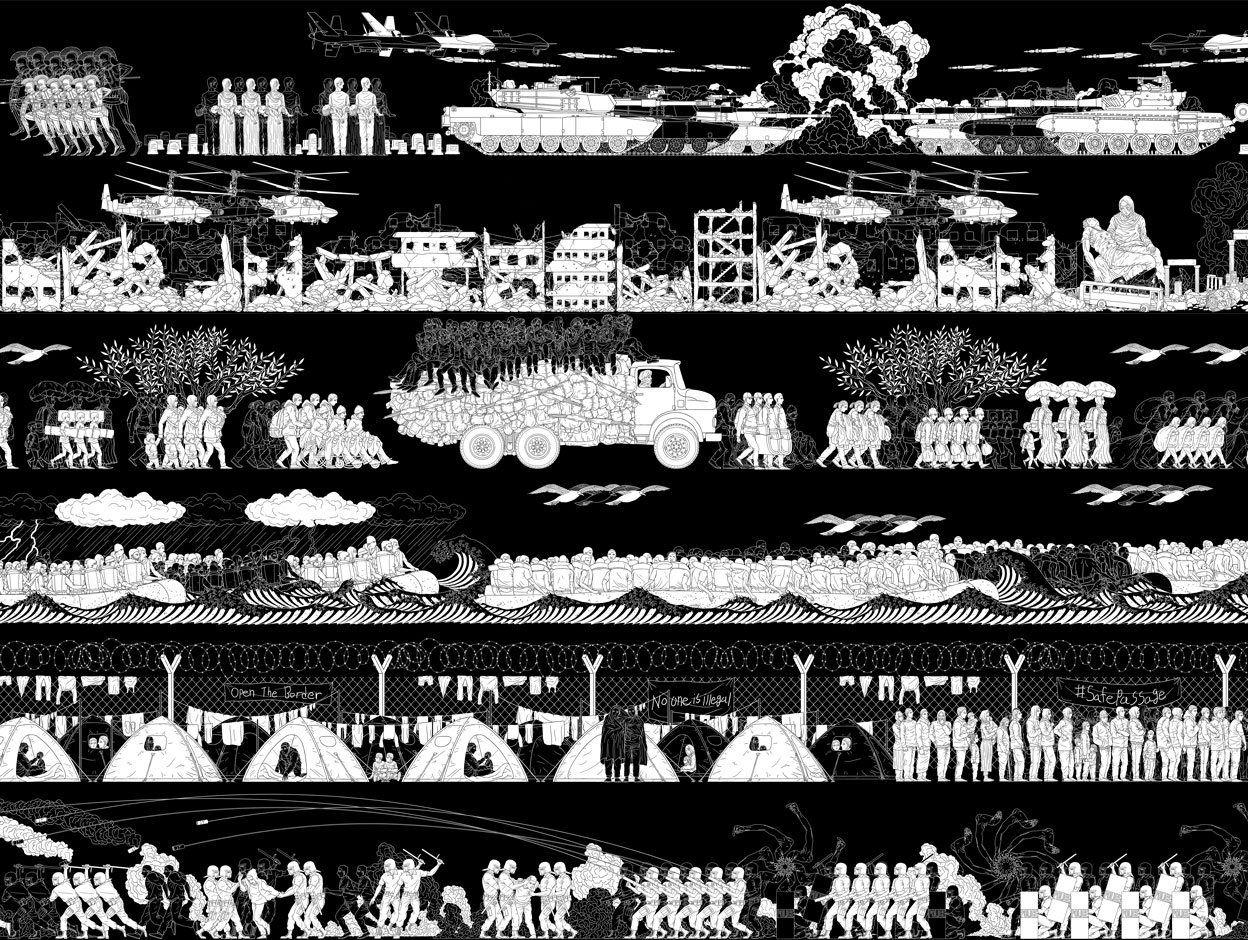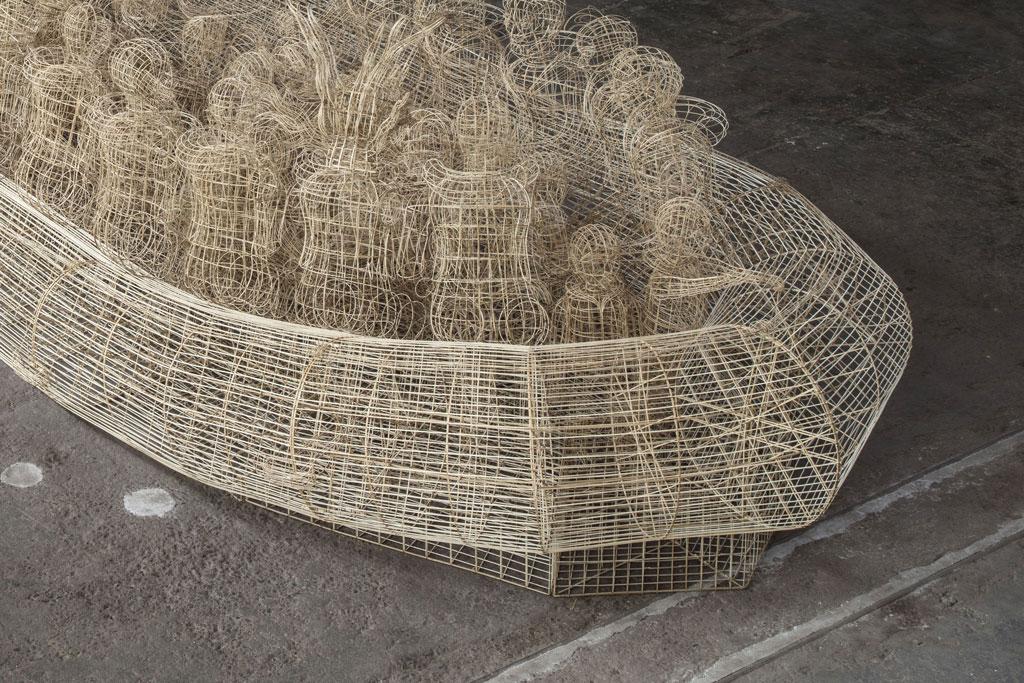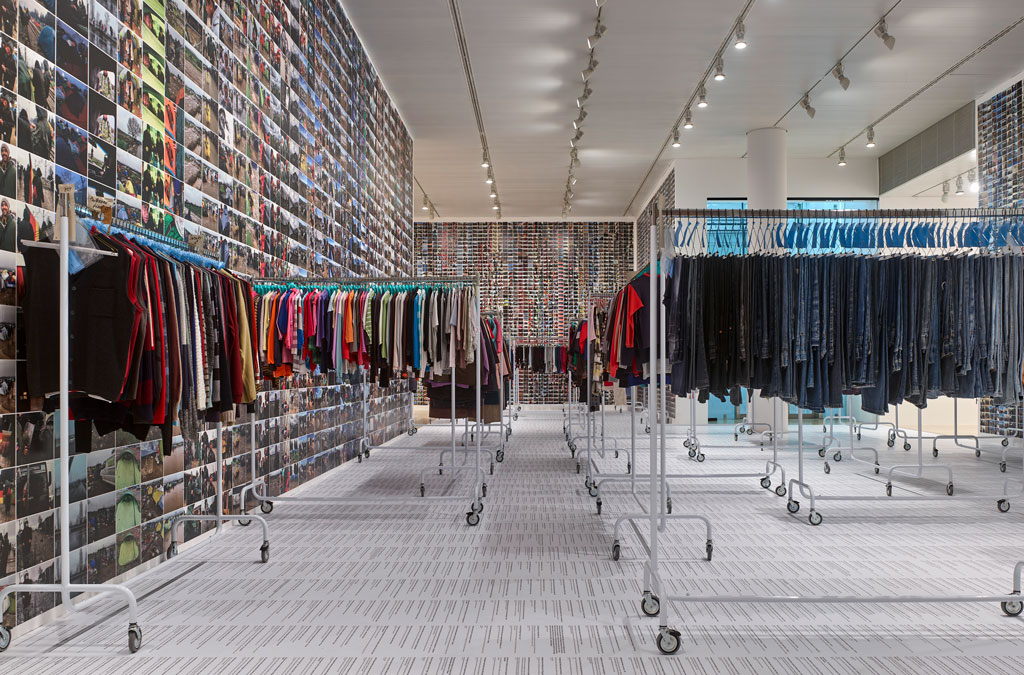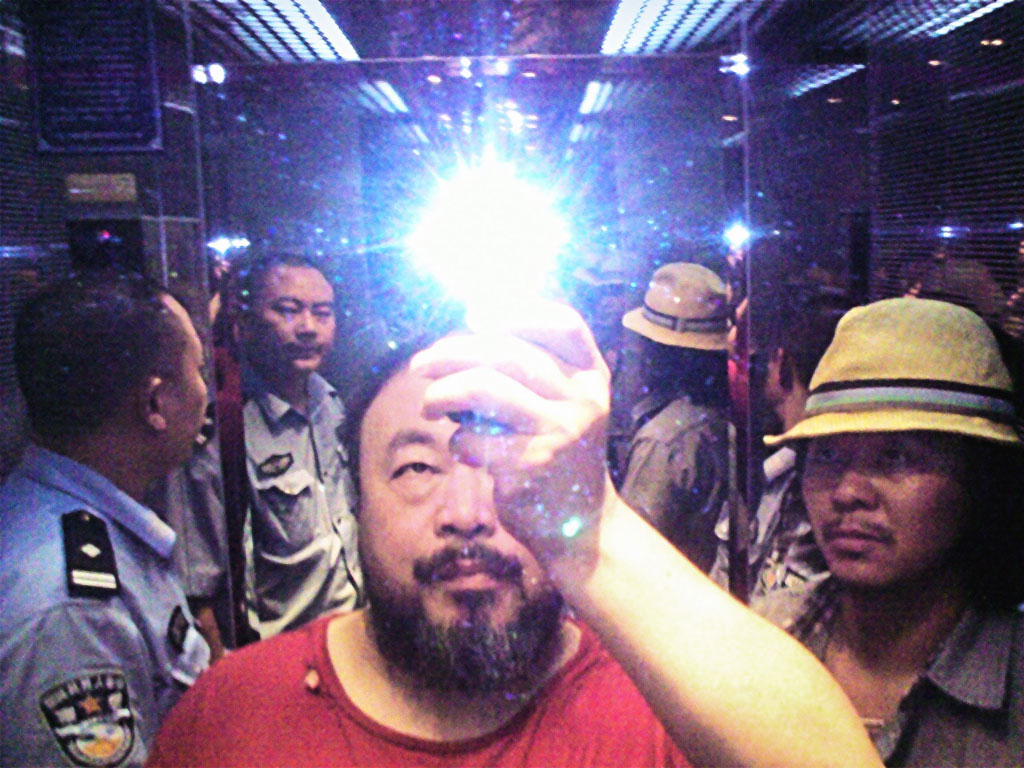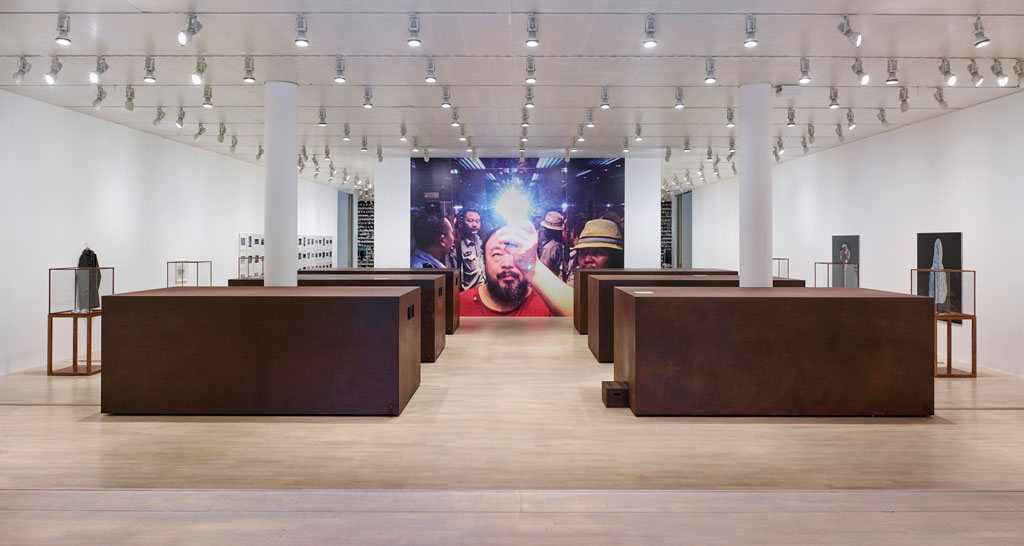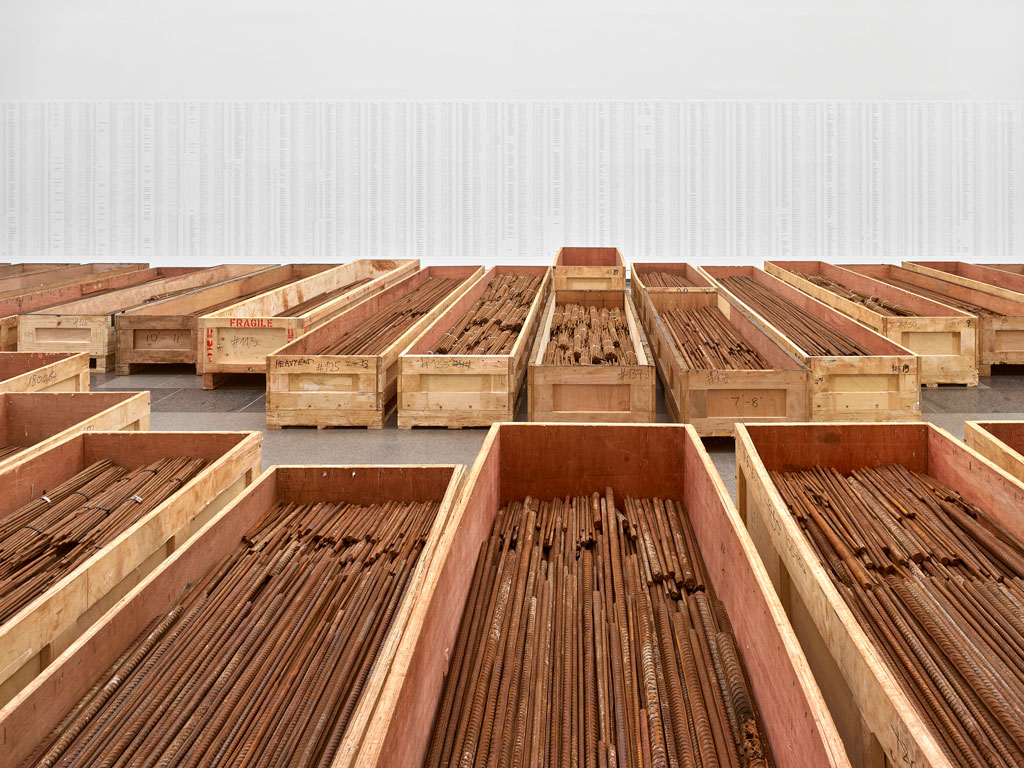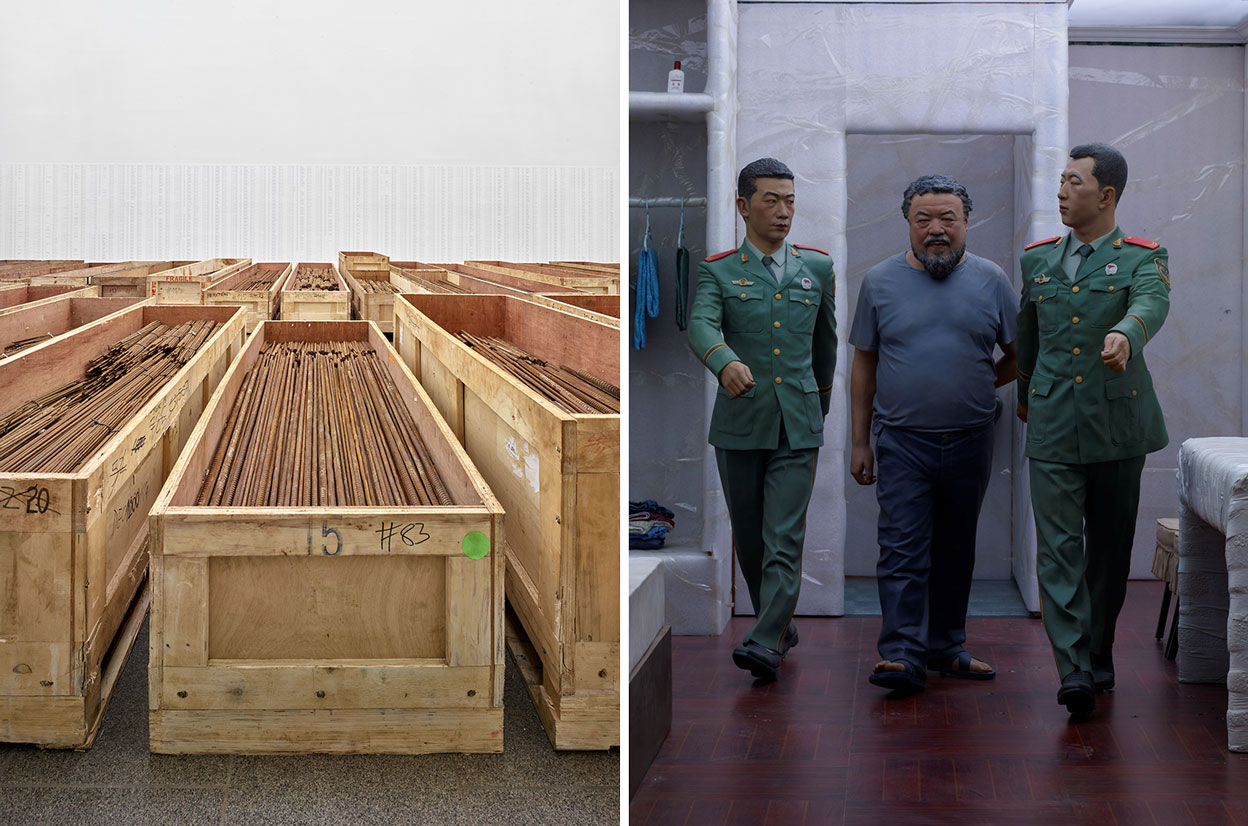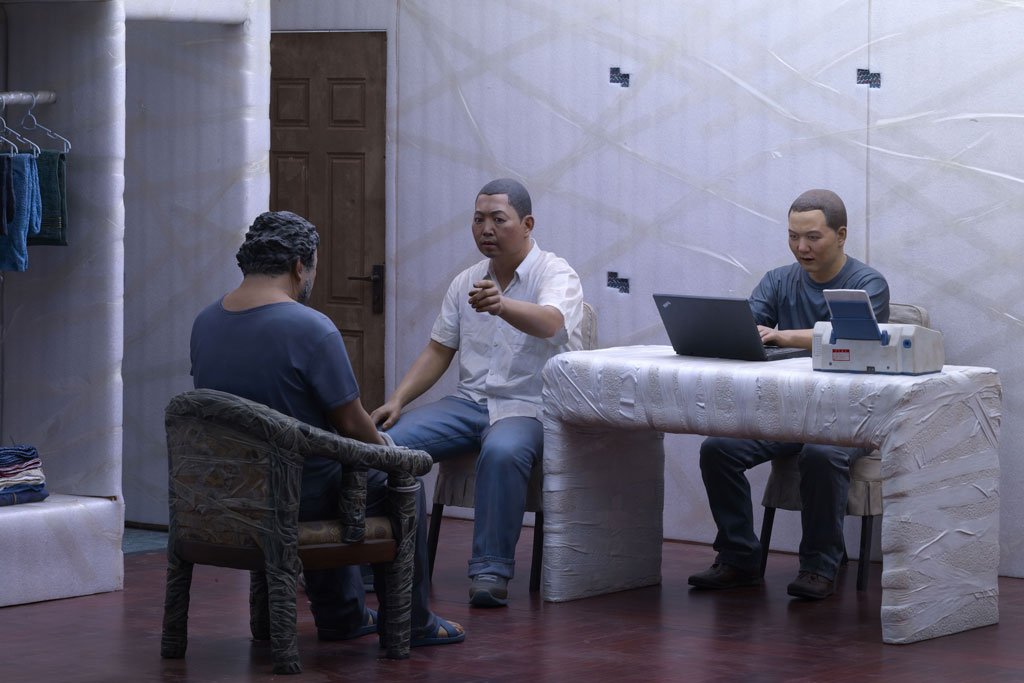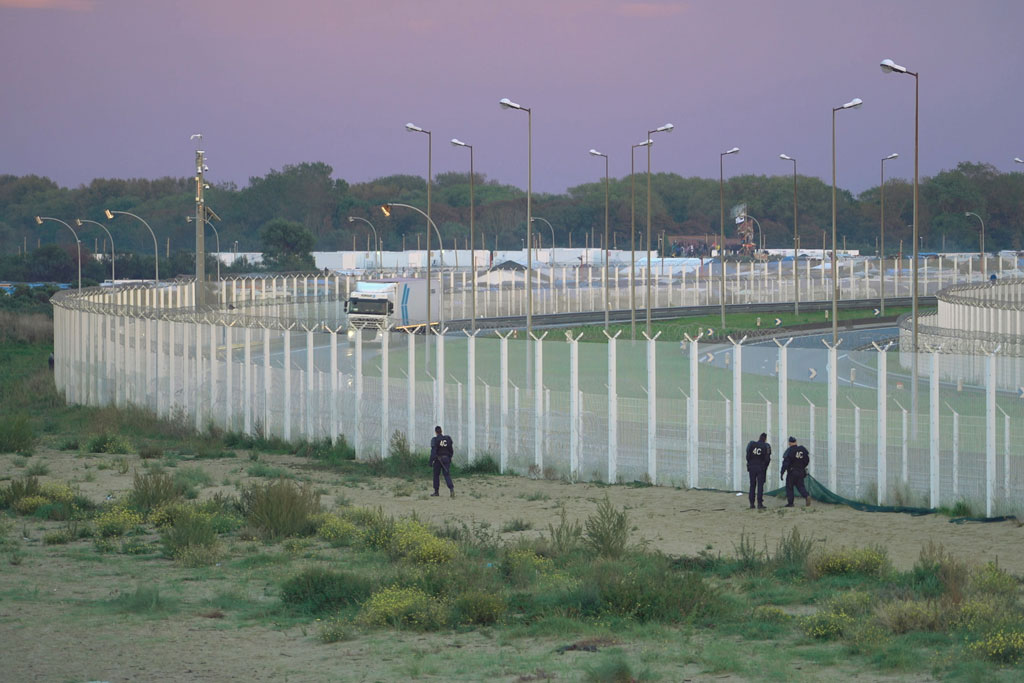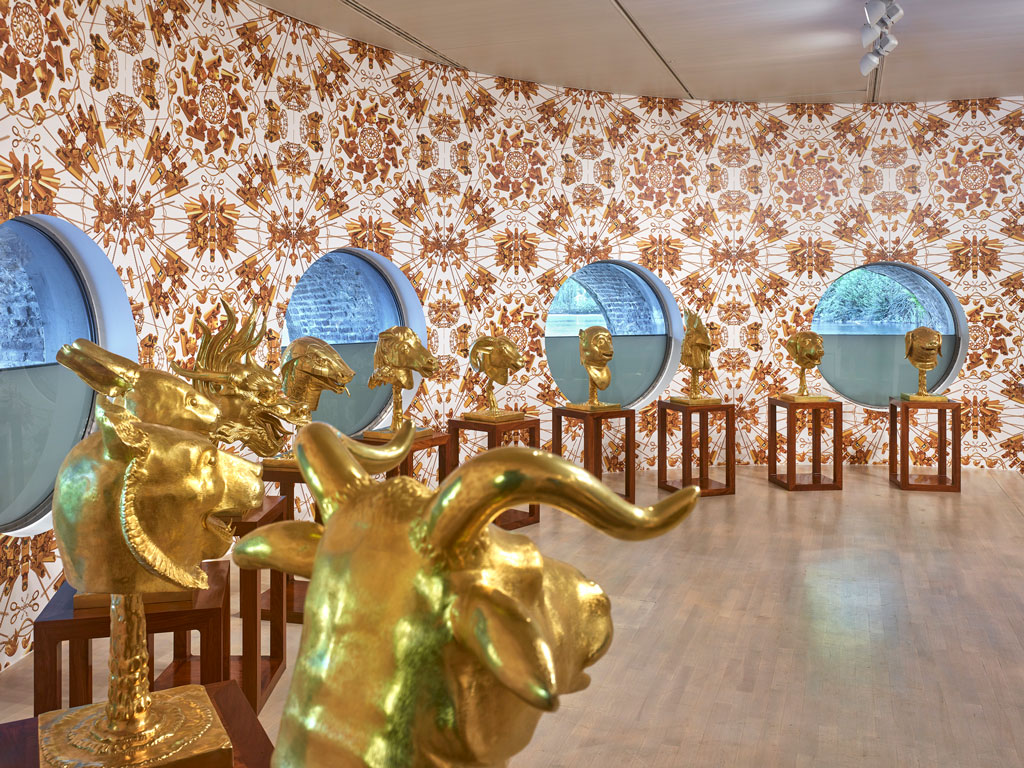ART-PRESENTATON:Ai Weiwei
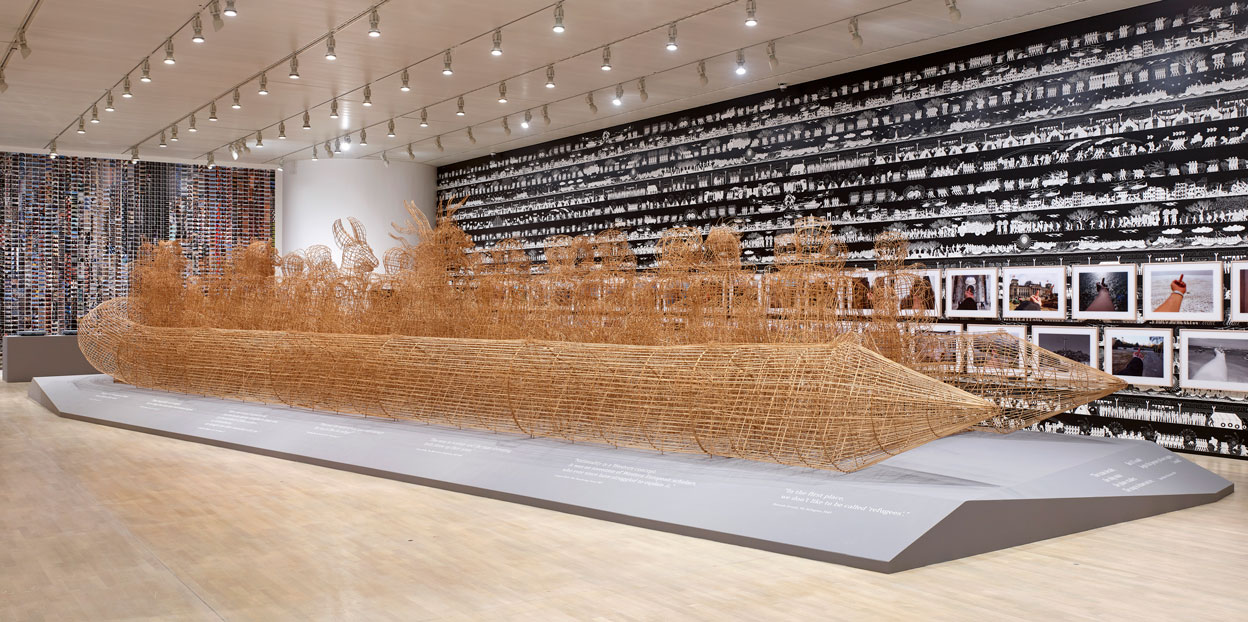 Ai Weiwei is an artist, architectural designer, curator, and social activist and perhaps the best-known Chinese Contemporary artist. With his criticisms of the Chinese government, and as a dissident who has faced continuing persecution, Ai Weiwei is often regarded as a political artist-activist – one who has been preoccupied in recent works with mass migration as an instance of human crisis.
Ai Weiwei is an artist, architectural designer, curator, and social activist and perhaps the best-known Chinese Contemporary artist. With his criticisms of the Chinese government, and as a dissident who has faced continuing persecution, Ai Weiwei is often regarded as a political artist-activist – one who has been preoccupied in recent works with mass migration as an instance of human crisis.
By Dimitris Lempesis
Photo: Kunstsammlung Nordrhein-Westfalen Archive
Ai Weiwei’s exhibition at at Kunstsammlung Nordrhein-Westfalen is the major survey of the last decade of Ai Weiwei’s art practice. It addresses key themes of his work, from the early 1980ies until today, including the refugee crisis and individuality vs. the state. Ai Weiwei’s works are made with humanity in mind, whether it be the Sichuan earthquake, the global refugee crisis, or issues of free speech and ex-pression. At K21 Ai Weiwei’s monumental work “Life Cycle“ (2018) is shown for the first time in Europe. Over 17 meters long, the work is a sculpture of bamboo and sisal twine invoking dozens of individuals in an inflatable boat, such as those used by migrants crossing the Mediterranean Sea. Several of the figures’ heads have been transformed into those of the Zodiac animals from the Chinese lunar calendar, making this work both a metaphor for the scale of the human crisis, and the cycle of human life. In the wallpaper “Odyssey” (2016), Homer’s well-known narrative of Odysseus’s adventures receives entirely new existential dimensions that go beyond space and time. Rendered in simple, black-and-white graphics that resemble an antique pictorial frieze are motifs of flight and migration that are reminiscent of current images of refugee camps and war, but are also evocative of mythological narratives from ancient Greece or Rome. The effect is an awareness of flight as a supratemporal and global existential theme. Discernible on the wall are six recurring motifs: war, ruins, voyaging, the passage across the sea, the refugee camp, and the political demonstration. Against the background of events at the Greek refugee camp at Idomeni, which Ai Weiwei witnesses while making the feature-length documentary “Human Flow“ (2017), the installation “Laundromat“ (2016) compiles items left behind by the migrants who were again displaced after their camp was closed in 2016. The six iron boxes in “S.A.C.R.E.D.” (2011-13) reveal limited views onto various scenes of Ai Weiweis time in prison. The titel letters are assigned to the individual scenes in the cells: “S” stands for “supper,” while “A” stands for “accusers” and refers to the interrogations to which Ai Weiwei was exposed several times a day. “C” refers to the “cleansing” of the body in the presence of the guards. “R” stands for the „ritual“ of walking back and forth in the cell. “E” stands for “entropy” and presents the guarded detainee in a state of entropic sleep. Finally, “D” stands for “doubt” and presents the detainee sitting on the toilet under the eyes of the watchful officers. Apart from its obvious meaning of “the holy”, S.A.C.R.E.D. refers to the idea of a “Homo sacer” who has been expunged from society and deprived of all rights so that his only hopes lie in the benevolence of God. The term is often used to describe a situation of vulnerability and lawlessness in totalitarian systems. Further rooms at K21 present works from across Ai Weiwei’s career, including rarely shown early works tracing his evolution as an artist since the 1980s. Presented in the two large exhibition halls of the K20 and seen together in their full compositions for the first time in Europe are “Straight“ (2008-12) and “Sunflower Seeds“ (2010). The latter is a thought-provoking and spectacular installation that covers 650 m² and consists of 100 tons of porcelain “sunflower seeds”. The hand-made and individually-painted sculptures were produced by skilled craftsmen in the Chinese city of Jingdezhen in imitation of the ubiquitous seed. Ai Weiwei explores the role of traditional craftsmanship in the age mass production and our era of globalization. It was presented at the Turbine Hall at the Tate Modern in London in 2010 and is shown in its entirety for the first time since in Düsseldorf. The installation “Straight“, never before assembled in Europe in complete form, consists of 164 tons of steel rebars, salvaged from the rubble of a collapsed school building following the devastating earthquake that occurred in the Chinese region of Sichuan in 2008. Thousands of schoolchildren lost their lives to the shoddy construction. The mangled rebars were recovered from the ruins and straightened and then compiled into an eerie landscape of their own. For K20, Ai Weiwei has developed a new arrangement of “Straight“ that showcases the material from Sichuan.
Info: Curators: Susanne Gaensheimer, Doris Krystof and Falk Wolf, Kunstsammlung Nordrhein-Westfalen, K20 GRABBEPLATZ, Grabbeplatz 5, Düsseldorf and K21 STÄNDEHAUS, Ständehausstraße 1, Düsseldorf, Duration: 18/5-1/9/19, Days & Hours: Tue-Fri 10:00-18:00, Sat-Sun 11:00-18:00, www.kunstsammlung.de
